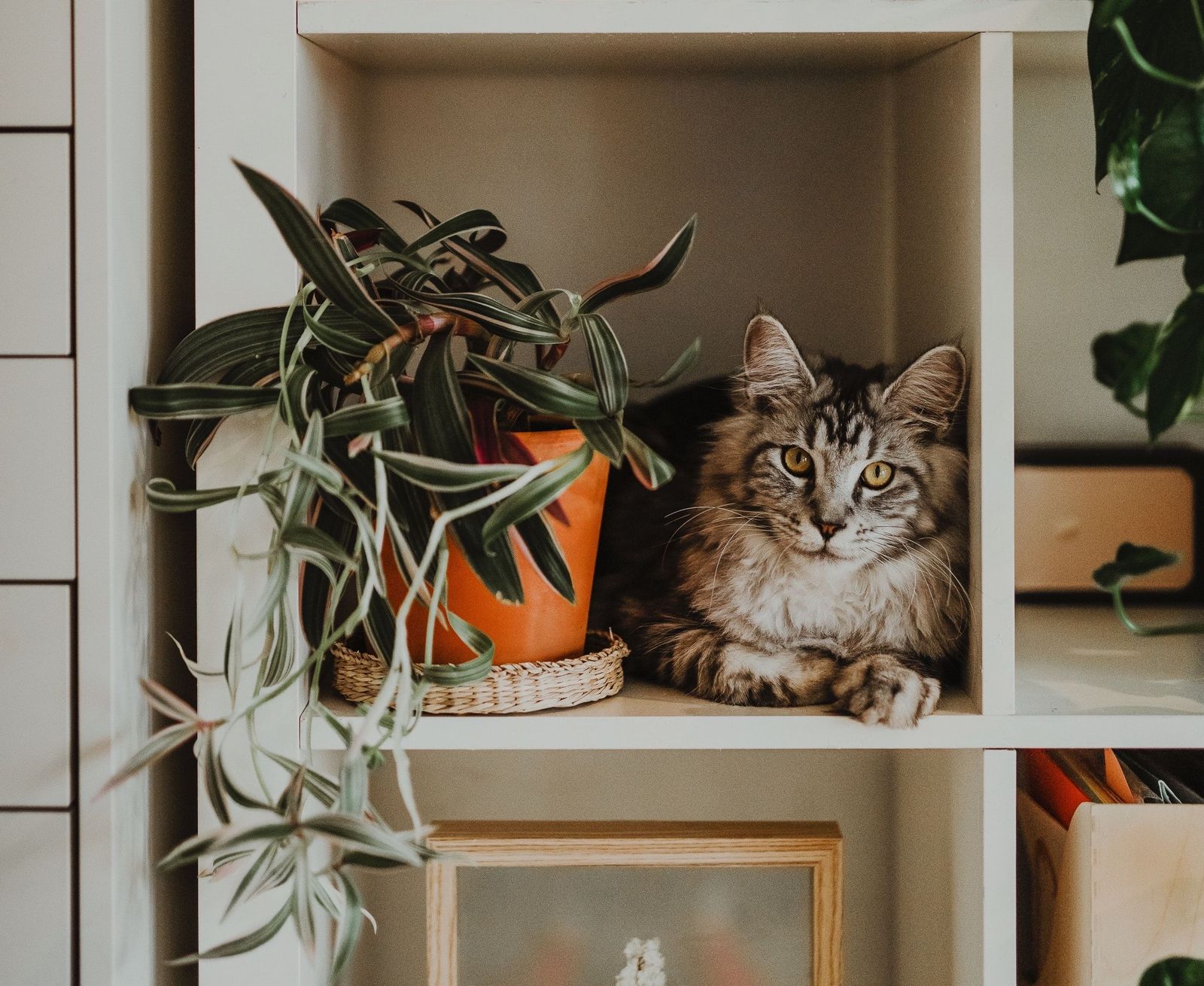Toxic Plants

Now that the holidays are upon us, many pet parents seem to be asking the same question: What plants or flowers can I have on display safely in my home? As a plant enthusiast myself, I tend to learn something new every year when it comes to popular holiday plants and their toxicity to pets. I have purchased an amaryllis bulb or two only to get it home and realize, BIG WHOOPS. They contain a substance called lycorine that has been documented to cause gastrointestinal discomfort and more severe tremors or respiratory distress in dogs and cats. Then we have the Poinsettia. Frequently seen in businesses and homes during the winter holiday season, it’s the most popular Christmas plant and it’s actually only mildly toxic! Its toxicity is widely over-rated and gives this Christmas star a bad rap in my opinion. Yep, this Crown of the Andes CAN cause gastrointestinal discomfort and potentially some skin rashes if the sap touches a pet’s skin, but these types of toxicities do not commonly require a visit to your veterinarian or emergency clinic, as they are usually self-limiting.
How do veterinarians and veterinary technicians determine toxicity levels?
It seems common sense to say that the toxicity of the plant depends on the amount ingested and the size of the animal. It’s also logical to say that the more toxic the plant or flower, the more careful you need to be. But we all know that it can be very difficult to keep our pets out of reach of everything dangerous, however hard we try.
But can I have plants in my house?
My best advice here is if you have a kitty that cannot be trusted around any plant or likes to counter-surf, it’s probably safest to avoid any live plants or centerpieces with flowers. If you have a dog that believes in sampling first and asking questions later, you might be better suited to limit your garlands or other holiday themed decorations to artificial types or opt for other types of seasonal items. Dangers lurk everywhere around the holidays and it’s hard to control every environment all the time. However, the sooner you’re aware that there has been a toxic exposure, the better the veterinary team can provide care to have a positive outcome for everyone involved.
How soon will my pet show signs of poisoning?
This is a tricky question to answer, as it varies between animals, species, age, and which toxic plant they have eaten or been exposed to. The most common signs to look out for are gastrointestinal: vomiting, diarrhea, drooling, or what veterinary teams like to call “ADR” or “ain’t doing right”. You should also look out for a loss of appetite, dry heaving, hiding more when they are usually active, or weakness. The more severe signs are ones that signal that certain body systems have already been affected, such as pale gums, a high heart rate, falling over, or even the yellowing of the eyes, gums, or skin. If any of these more severe signs are noted, you should immediately take your pet to the veterinary emergency clinic for in-person care.
Plants to avoid
Being more aware of the dangers of certain toxic plants that lurk around us in plain sight during the holiday time is just another way you can keep your pet healthy and happy. There are certain plants that I would say are my top plants to admire from afar:
- Holly varieties such as Mistletoe
- Lilies (Asiatic, Stargazer, Lily of the valley, Day)
- Yew trees
Instead, try festive plants that also work to eliminate air pollutants:
- Bromeliads
- Orchids
- Herbs, like sage, thyme, basil, and rosemary
There are a multitude of sources that you can research regarding toxic plants online, in your local library, or even download an app for your smartphone. My favorites include Animal Poison by ASPCA and the Pet Poison Helpline. When it comes down to it, if you are worried about your fur-baby, then I am worried. Schedule a Vetster consultation so either your favorite veterinarian or technician can discuss what next steps should happen in your specific case. We are always available on-demand. It’s where pet health lives.




